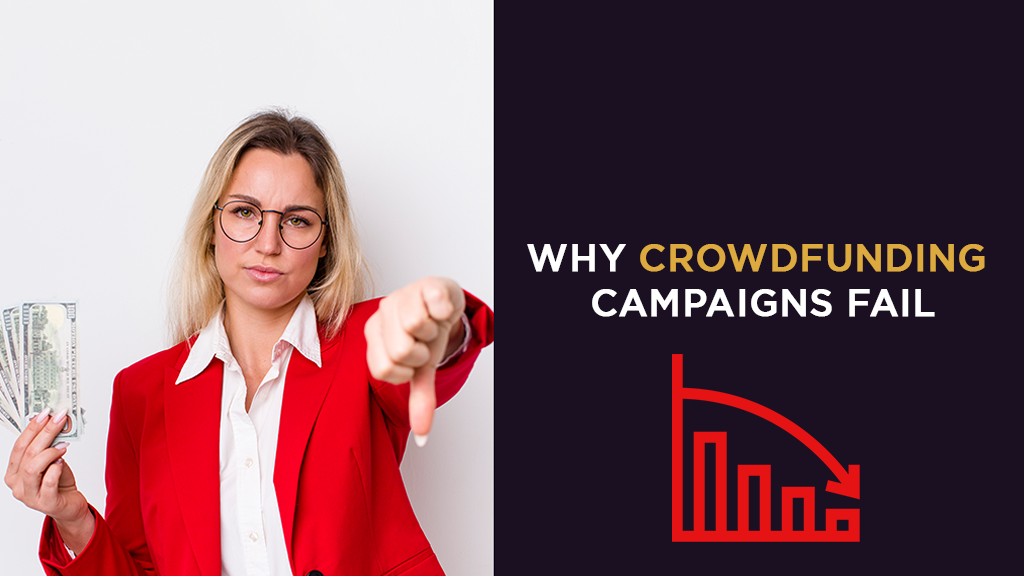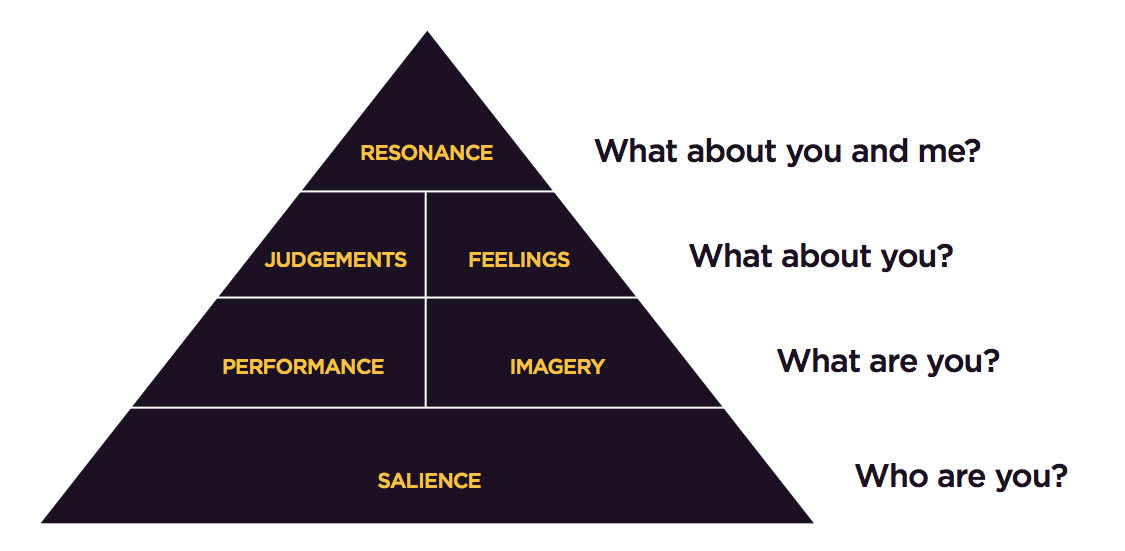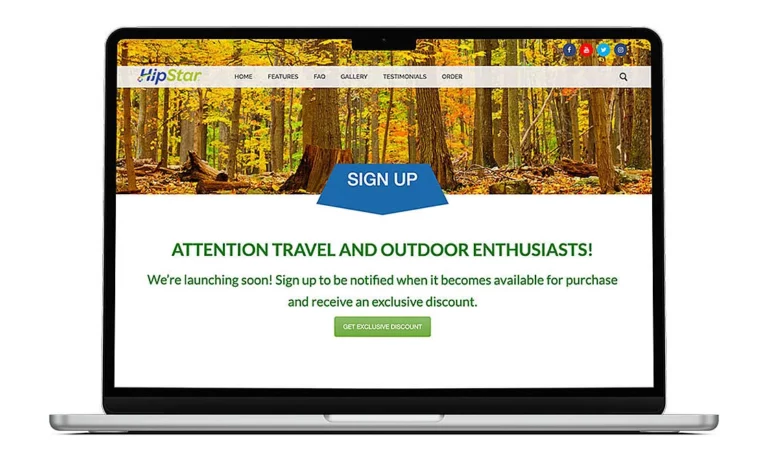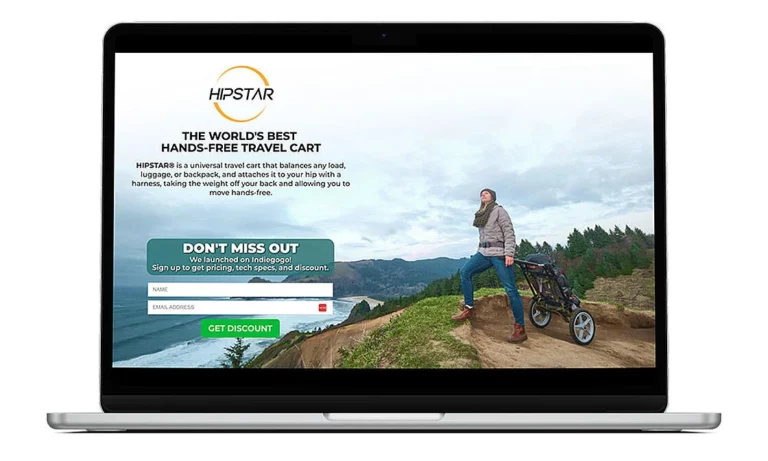
Do you know how many crowdfunding campaigns fail?
Out of all the crowdfunding platforms out there, the average rate of success for campaigns is only about 22%. That means nearly 80% of crowdfunding ventures fail to raise their desired capital.
Those numbers probably sound pretty alarming, and they make you wonder what so many people are doing wrong to where the average odds of success are so low. Luckily, LaunchBoom has been around the block for a while now and has experienced every reason under the sun for why crowdfunding campaigns fail.
From lack of preparation to stubbornly sticking to what isn’t working, we’ve gone through all the pitfalls of crowdfunding that most commonly result in failure. But we don’t want to see you make those same mistakes. Instead, we want to tell you how to avoid them by giving you the perfect roadmap for navigating your way through the sometimes messy landscape of crowdfunding launches.
It all starts with setting the right goals for yourself.
Contents
Unrealistic goals and lack of planning
Setting an appropriate goal for your campaign will be the mantra you live by as you strive for crowdfunding success. Without one, you are doomed to fail. The first crowdfunding pitfall you want to avoid, though, is setting an unrealistic goal.
In the realm of crowdfunding, the subjectivity of what is considered a failure can handicap you from the start. Let’s say you define success as raising at least $1,000,000 for your product. It’s okay to be ambitious, but understand that only 0.12% of campaigns ever accomplish that feat.
So how do you set the right goal?
Six and seven figure raises are splashy goals to set for yourself, but they are not the greatest measures of success. Instead, your end goal should be defined as the fulfillment of three important requirements:
- You acquire customers profitably and validate your place in the market.
- You raise enough to pay for your first manufacturing run.
- You are able to ship your product on time (or as close to on time as possible).
Calculating the numbers needed to achieve these benchmarks starts with proper planning and being able to understand fundamental aspects of your business. You need to know key business metrics like:
- Cost to acquire a customer
- Cost to produce your product
- Cost to ship your product
With all of these factors properly accounted for, you can then calculate the campaign goal you’ll need that will define success for you. Plan for this, and anything you raise over that goal will be icing on the cake.
And above all, remember that moderate crowdfunding successes are not failures.
Insufficient market research
Now that you’ve set an obtainable goal for success, you need to ask yourself this question: How do you know your idea is something people will want to back?
Do you feel confident that people will buy your product because you and others close to you think it’s a cool idea? Or have you done the market research necessary to validate that assumption?
Insufficient market research is one of the most common reasons why crowdfunding campaigns fail. People often talk themselves out of taking this step, because of not enough time and money, or because of ego. Trust us — validating your product will save you more money in the long run.
The best way to do this is to start gathering some hard data. Here’s an overview of how it works:
- Develop an initial hypothesis for how your product should be positioned in the market.
- Build a reservation funnel and drive traffic to test that hypothesis.
- Analyze the data using a predictive model.
- Adapt, repeat, and fine tune until you have proof there’s an audience waiting to back your product.
Some people will get stuck at the first step, and bang their heads against the wall wondering why nobody is interested in their product. Sometimes, it all comes down to the crowdfunding pitfall of weak storytelling and presentation.
Weak storytelling and presentation
Good product positioning is difficult. That’s the first thing you have to understand. You can spend months creating what you think is a grand slam, but still not be able to generate enough interest in your product to feel confident you will hit your goal in your crowdfunding campaign.
But this is just step one of validation, so it’s vital that you build a strong foundation here. If you can’t, everything above it will crumble. Here is a framework that has been refined at LaunchBoom over many years that’s not only easy to implement but can have a huge impact for your marketing:

This framework for creating good product positioning is called the Consumer Based Brand Equity (CBBE) Pyramid. To understand it, you need to look at it from the bottom up. When brainstorming how to tell the story of your product and present it to random people, you can use this to get to the heart of your product’s true value.
- Salience: What is your product in the simplest terms, and how does it solve a problem? People tend to overthink this. Don’t! You can be as broad with your answer as you need to be.
- Performance: What makes you different? What makes you similar? What are the core features? Break this down as much as you can.
- Imagery: How is your product used? Where is your product used? What brands do you associate with your product? This will help people visualize themselves using your product.
- Judgements: Here, you’re going to analyze how you believe customers will perceive you and your product. The more concerns that you think people will have, the more you will need to prepare to rebuff those doubts with evidence and testimonials.
- Feelings: What are the emotions you want people to have when using your product? What is your voice? What is your tone? Think about how your target market would want to feel and how they’d want to be spoken to.
- Resonance: Why will your customers only choose you? This is where you have to think about what would make your potential backers want to buy your product and stick with your brand long term.
But don’t get too hung up on trying to come up with world-changing reasons why your product might resonate with people. The longer your brand is around, the more resonance becomes a real difference maker. For now, it’s probably not going to be the main reason people buy, so focus on making the lower parts of the pyramid as strong as you can.
Lack of effective promotion and visibility
With a good strategy for product positioning in hand, and ideally armed with great images that can connect and convert, you’re ready to start testing your product with ads. But lack of effective promotion and poor product visibility is a major pitfall you’ll want to avoid.
Maybe you’ve managed to get your product featured on a reputable list of up-and-coming tech products — and that’s great! But, it’s not enough. The best way we’ve found to effectively promote your product and generate leads is with paid advertising on Facebook and Instagram. Not focusing your time and resources here is a great way to make sure your product continues to go unnoticed.
There are many steps to building up an audience and generating quantifiable buzz for your campaign, but it starts with targeting the right people. A good way to start is by using what we call the Four F’s framework.
- Who does your market follow?
- Where does your audience frequent?
- What do they do for fun?
- What particular products do they fund?
Your goal with these questions is to narrow down your audience as specifically as you can. Don’t cast a wide net by limiting your targeting to broad groups like food, tech, or fitness. Instead, specify with groups like fine dining, Tesla, or Lululemon. Do you see the difference?
It sounds counterintuitive to limit your visibility in this way, but the goal is to be effective and efficient. The more you can zero in on the people most likely to buy, the more likely you are to lead them further down your funnel and convert them into backers.
Inflexibility and lack of adaptation
One thing you have to understand is that this part of the process is where you are allowed to fail. In fact, it can be argued that failure to some degree is desirable. Even if your prelaunch email list is coming along smoothly, it’s not unlikely to hit a few snags and suddenly lose steam.
One of the great challenges of crowdfunding is knowing when to admit something isn’t working. Inflexibility and lack of adaptation in your product positioning is an Achilles’ heel that can lead to a failed campaign.
Let’s look at Igor and his product HipStar, which underwent one of our favorite transformations from something that wasn’t working to a bonafide success.
Landing Page A:

Landing Page B:

Here are two landing pages Igor used at different points in his crowdfunding journey. Can you guess which one was more successful?
If you guessed B, you’re correct. The first one was not very effective at converting leads, although it includes the bare minimums like a clear call-to-action (CTA), an image that’s related to his product, and the name of his product. We thought it could be better, and thankfully, so did he.
Landing page B has:
- A headline that the eye is immediately drawn to and clearly states what the product is
- Sub-headline copy that informs about the product’s benefits
- A catchier call-to-action (CTA) that utilizes the $1 reservation deposit strategy
- A hero image that displays the product in action, and creates resonance with the customer
This is only one aspect of how he improved on his crowdfunding campaign, but it exemplifies the importance of adaptability. His first campaign only managed to raise $10,800. His second for the same product using everything he learned from his first failure: $102,801.
Igor’s journey is one of the best examples of what to do when your crowdfunding campaign fails.
Poor communication and backer engagement
Your most valuable asset in your prelaunch email list is your direct access you now have with a host of people waiting to buy your product. Poor communication with them and lack of engagement is one of the quickest ways to a failed crowdfunding campaign.
Doing the little things goes a long way, like keeping your list up-to-date on news regarding your product or your campaign. Of course, too much of a good thing can backfire and cause people to tune you out, so it’s important to strike the right balance.
The one time you don’t want to hold back on communicating with your list, though, is when you’re setting your campaign up for an explosion of initial funding for the first day of your launch. This is the day you (and hopefully your potential backers) have been waiting for, and there’s an ideal way to set up your launch sequence.
Here’s a general overview of what email sequence should look like in your campaign’s first week:
- First email: morning of launch
- Second email: evening of launch
- Third email: day two of launch
- Fourth email: day three of launch
- Fifth email: day five of launch
- Sixth email: day seven of launch
This sounds like a lot, but it lets you incorporate new incentives for the people on your email list to back your campaign. In the early stages you can offer the best discounts and perks for being early backers, and the latter half of the first week you can generate urgency by giving them a final chance for the best price before the regular price locks in for the rest of the campaign duration.
At the end of the day, it’s important to treat your list as your community of like-minded people. If they’ve made it to the reservation stage, they’re interested in what you have to say. Let them see that there’s an actual person behind the product.
Final thoughts
Despite all the thoughts of failure you may have before you embark on your crowdfunding journey, we want you to know that we understand. We’ve been through all the highs and lows countless times.
If one thing has kept us going, it’s knowing that crowdfunding has the ability to change people’s lives. Some people experience failure and give up, while others learn from their failure and relaunch their campaign — like our friend Igor and his HipStar.
We hope that you can take the knowledge LaunchBoom has gained about why crowdfunding campaigns fail, and use it to give yourself an advantage over all the other creators out there. We’ve given you a glimpse of what it takes, now it’s your turn to put it into action.
But if you have further questions, you’re not alone. Here are some of the most frequently asked questions regarding crowdfunding campaign fails we hear everyday.
Crowdfunding campaign fails: frequently asked questions
Should I intentionally set my crowdfunding goal lower than what I really need?
While there is undeniable benefit to hitting a funding goal within the first 24 hours of a launch, it isn’t a good idea to intentionally set the goal too low. This is because your true goal reflects the funding you need to create your product. If you fail to hit that, have you really succeeded? The risk of this strategy backfiring outweighs the possible benefits.
Does my campaign have a better chance of success on Kickstarter or Indiegogo?
This requires a very nuanced explanation, but the short answer is: it depends. If your product is one that statistically performs well on both platforms, it doesn’t matter if you fail on Kickstarter or Indiegogo, because it can likely be attributed to something wrong in your prelaunch process. It is still important to do the research and find out where your product may perform the best, though.
How do I find inspiration for storytelling and presentation?
Google is a great resource for this. Spend a lot of time deep diving similar products in your space. If you have a lot of competitors, that indicates there’s demand for your product category. See what the successful brands in your space are doing, and see how you can tweak your messaging to convey how you’re solving a problem that others aren’t.
Who should I turn to if I hit a brick wall in my crowdfunding journey?
LaunchBoom is full of incredibly knowledgeable people who are ready to help you whenever you need it. Whether it’s a few simple questions regarding creativity or a complete overhaul on your crowdfunding campaign strategy, our goal is to simplify this process and help you achieve success. To speak to one of our product launch specialists, you can get started by filling out the form below!




